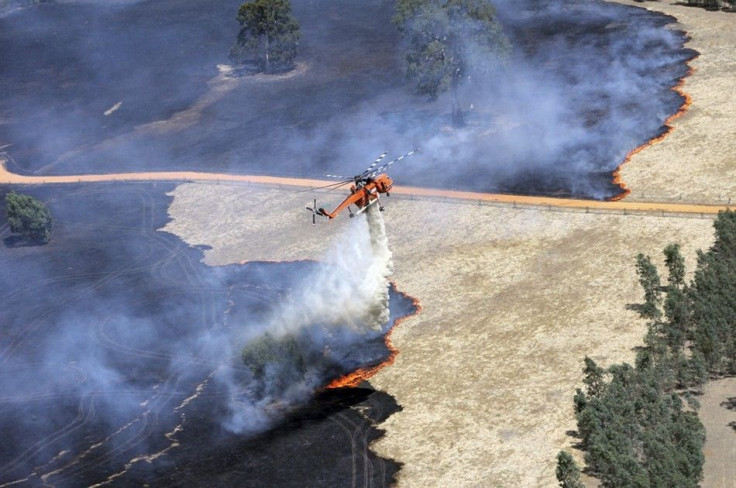Eastern Australia Braces for Bushfires, Low Cotton Production as Drought Persists

Drought is slowly covering eastern Australia as the area is in the middle of its driest year since the Federation Drought more than 100 years ago. According to the Bureau of Meteorology, the average rainfall in eastern Australia including the coastal areas from Coffs Harbour to Bundaberg for the last 12 months was at its lowest level since 1901-02.
The Australian weather bureau said the trend of below-average rainfall will continue until October. The dry conditions deeper across the eastern region have prompted fire services to prepare for fire season especially in northeastern NSW.
Reports said the Rural Fire Service (RFS) has responded to 444 bushfires since August 1. RFS spokesperson Matt Sun sad 40 grass fires were burning last August 7.
An area in Sydney was observed to be especially dry due to below-average rainfall for more than eight months. In the last eight weeks, the area has seen little rain. The bureau has predicted rain showers will only yield a few millimetres of rain for several days.
Senior climatologist Blair Trewin said the drought in Australia has two main belts. The first began in the middle of 2012 which affected the inner regions of Queensland in northern NSW. Trewin explained that since August 2013, the weather bureau has observed "significant rainfall deficiency" further in the east.
The bureau has noted that dry conditions have covered wide regions including some large river systems. Trewin said this may result in low levels of water since the entire catchment is expected to become drier.
The persisting drought is expected to cut Australia's cotton production by as much as 50 per cent in the next harvest. Cotton growers group Cotton Australia predict that output in the next season will be between 2 million and 2.5 million bales which are less than half of the 4 million bales of cotton within the year.
Australian Cotton Shippers Association, which promotes cotton exports, believes total production in the next season will only be 2.25 million bales. The ongoing drought is predicted to affect Australia's cotton output since the country is considered the third largest exporter in the world.
Cotton Australia chief executive Adam Kay said local farmers may plant less cotton after Queensland's drought and dry conditions in some parts of NSW. In an interview in Gold Coast, Kay said unless the country gets "serious rainfall" in the next two or three months, cotton production will decline because of dwindling water levels.




















